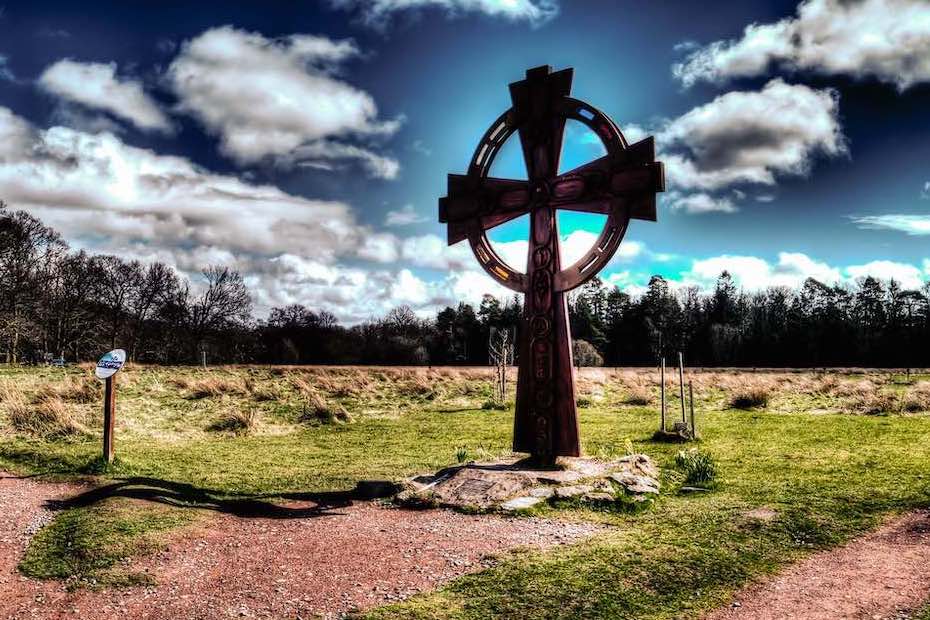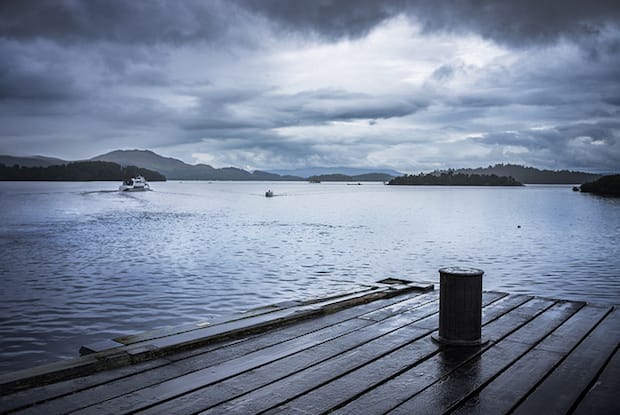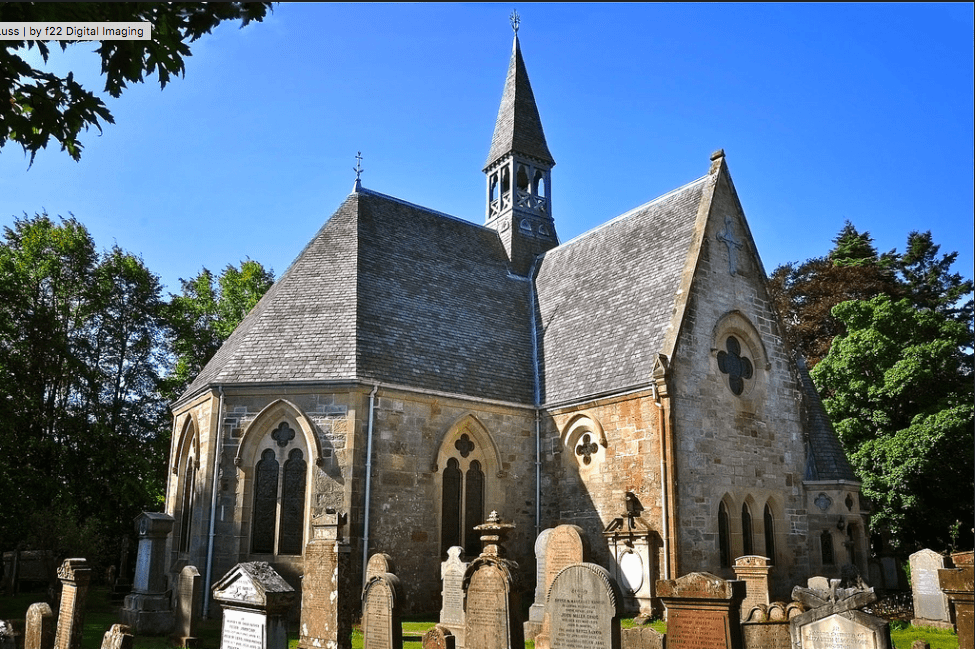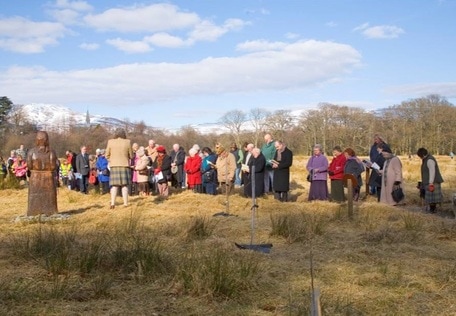EUROPEAN GREEN PILGRIMAGE NETWORK
Luss, ScotlandThe ancient settlement of Luss in Scotland has been a place of Christian pilgrimage for 1,500 years. It sits on the banks of Loch Lomond – Britain’s largest inland lake – and lies within Scotland's first national park, the Trossachs National Park.
The parish church is dedicated to St Kessog who preached here and died at the hands of Druids in 520. St MacKessog, or Kessog, brought Christianity from Ireland in the 6th century and founded a monastery on neighbouring Inchtavannach (island of the monks). Luss is home to around 250 people but receives some 750,000 visitors each year, many of them wanting to visit the church. Luss has built a Pilgrimage Centre which has meeting and craft rooms, and a cinema room. |
Luss was one of nine cities and 22 organisations and faiths that were founding members of the Green Pilgrimage Network, launched at Assisi, Italy, in November 2011.
The founder members from Luss are:
|
About St Kessog – one of Scotland's first Christian martyrs
One of the first Christian martyrsSt Kessog was one of Scotland's first Christian martyrs. Born into the royal family of Munster in Southern Ireland in around 460 AD, he arrived in the area in the 6th century and founded a monastery on nearby Inchtavannach (island of the monks).
|
A major centre of pilgrimageSt Kessog's reputation made Luss a major centre of pilgrimage with people coming far and wide to worship at his shrines. After the 16th century Scottish Reformation, St Kessog's following declined but has increased greatly in recent years.
|
St Luss Parish ChurchIt is not known if St Kessog built a church in Luss. Today's church was built in 1875 by Sir James Colquhoun on the site of an earlier one, which was built in 1771. It has a magnificent rafted roof of Scots pine and fine stained glass windows.
|
Helping visitors become pilgrims |
Green Pilgrimage actions |
|
Luss is a small village but receives 750,000 visitors each year. The Parish Church has been equipped with a sound and light show which tells the story of Luss.
And there are 25 acres of meadowland, riverbank, loch-shore and forest that are criss-crossed with pilgrim paths challenging the visitor to recognise God’s handiwork in creation as they admire the hills, loch and the local wildlife Plaques with poems and Bible verses challenge visitors to think on those things which are ultimately important. Some paths tell the story of Saint Kessog, while others remind people of the promises of the Gospel. Others encourage pilgrims to think through themes such as love and conservation. New paths describing the lives of Saint Francis and St. Columba opened in 2014. |
As a founding member of the Green Pilgrimage Network, the Trossachs National Park has:
|
Together We WalkThe Church of Scotland has developed Together We Walk, a European-themed pilgrimage for churches to use around their buildings. The Church says: 'Pilgrimages are journeys put into God's hands. Historically pilgrimages would be to traditional sites of significance in the Church. The idea of journeying together, walking with God and finding God in our conversations as we walk together is important.' For a copy, click below.
|
With thanks to Creative Commons photographers. Picture credits, from top, left to right: Pilgrim steps by Lynne B Rosentrater; St Kessog's Cross
by Brian Robertson; View over Loch Lomond by Neil Williamson; Luss Parish Church by Jim MacBeath; Luss pilgrimage by Dane Shepherd.
by Brian Robertson; View over Loch Lomond by Neil Williamson; Luss Parish Church by Jim MacBeath; Luss pilgrimage by Dane Shepherd.





